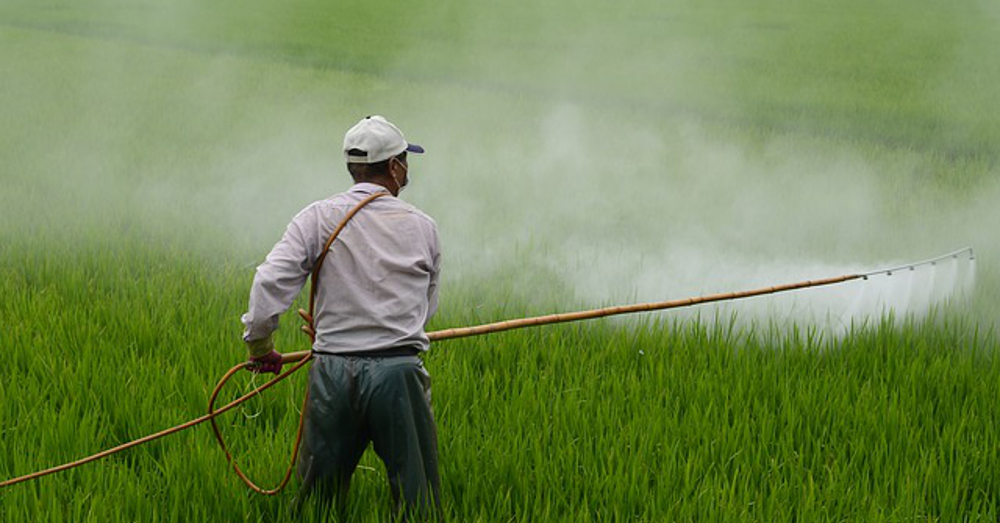
That Perfect, Toxic Lawn: American Suburbs and 2,4-D
If you’re worried about the weed-killer glyphosate, a.k.a. Roundup™, you’re not alone. The herbicide is getting increasing critical exposure in the news — and on social media — as we learn more about its potential effects on the environment and human health.
April 24, 2017 | Source: KCET | by Chris Clarke
If you’re worried about the weed-killer glyphosate, a.k.a. Roundup™, you’re not alone. The herbicide is getting increasing critical exposure in the news — and on social media — as we learn more about its potential effects on the environment and human health. Roundup use is growing exponentially, so that concern is sensible. But there are other commonly used pesticides that don’t get nearly as much public attention, despite the fact that they’re significantly more dangerous to people and the planet. In this short series, we’ll discuss five common pesticides whose ill effects on human health and the environment are demonstrably worse than Roundup’s.
For the second half of the 20th Century, the grass lawn was nearly synonymous with Mainstream America. It symbolized comfort and leisure. It was a sign that the homeowner was affluent enough to buy all his or her food at the store and could dispense with the wartime Victory Garden tradition.
But not just any lawn would do: it had to be uniform. The tradition might have originated in the sheep pastures of British nobility, with a couple dozen pleasant species of flowering plants in the mix. But by the 1950s in North America, the idea of any other plant settling in among the Kentucky bluegrass or bentgrass was anathema. A handful of English daisies in a quarter-acre lawn meant a lazy homeowner. A dandelion even more so.
Before World War II, keeping your lawn “weed-free” was a lot harder, requiring never-ending physical labor to pull out the offending plants before they could go to seed. But wartime chemical weapons research solved that problem.
